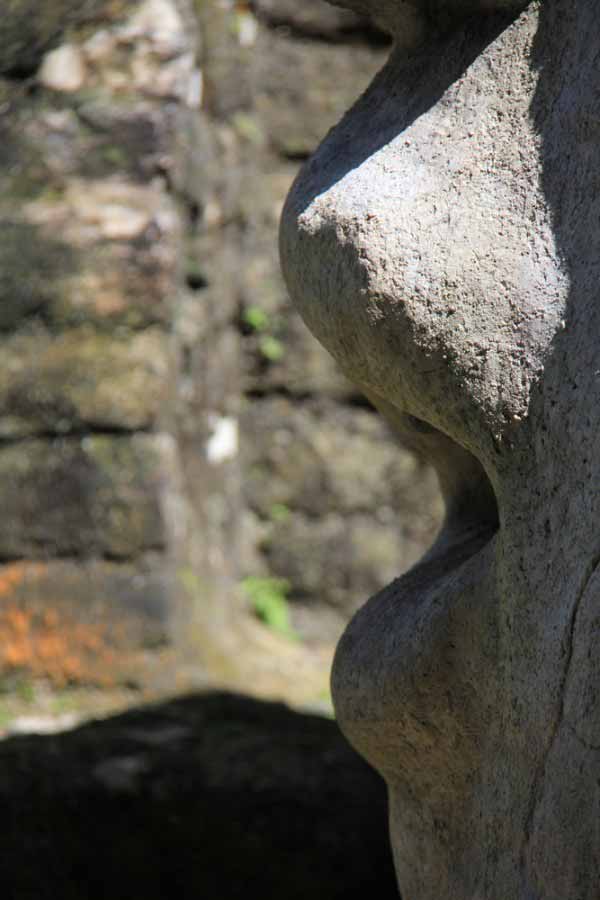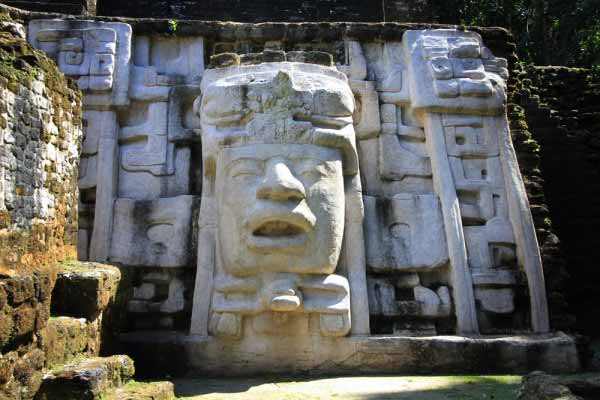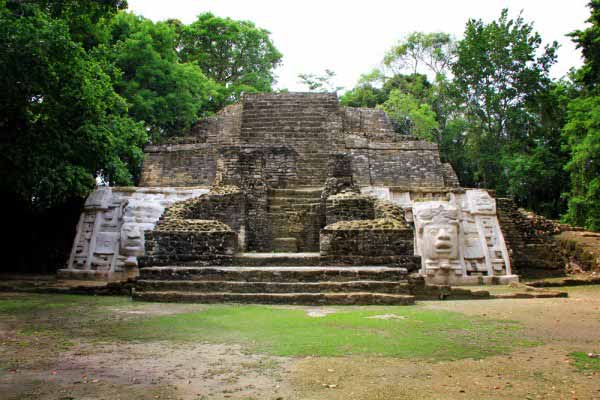
 Lamanai Archeological Site – Orange Walk, Belize
Lamanai Archeological Site – Orange Walk, Belize
Lamanai is one of the most popular archaeological sites in all Belize, giving visitors not only the opportunity to see this well preserved Maya heritage but also the thrill of riding a speed boat over a crocodile infested river - one of its means of access.
The site is one that requires a couple hours to experience fully. Of great interest are the ballcourt, Stela 9, High Temple, Jaguar Temple, and the Mask Temple.
To me, one of the most distinctive characteristics of Lamanai are the masks in the Mask Temple.
Architecturally, the Mask Temple has undergone 5 major phases of construction, from 200 BC to AD 1300. By around AD 500, during one of its major construction phases in the Classic Period, the fa�ade was decorated with sculptures that resemble the face of either one of Lamanai's ruler or an even higher power. To this date, it is still uncertain who is depicted there.
Even though it is not certain who is depicted there, according to the National Institute of Culture and History of Belize, the facial features of the masks are related to characteristics of Olmec iconography as seen in the Gulf Coast of Mexico; particularly in the upturned lip and broad nose.
Each mask is adorned with a headdress representing a crocodile. This symbol also supports the ancient name of the site, Lama’anayin, which means, "submerged crocodile", in Yucatec Maya.
It is interesting to note that, these masks are constructed of individual blocks of limestone from which the relief is sculpted. This is a different style of construction because traditionally the Maya place a thick layer of plaster over the limestone and then carve the relief into that.
Now, the masks we see in the pictures are replicas of the original ones. These were delicately molded by archaeologists and placed over the original limestone masks for further preservation.

Globotreks.com

